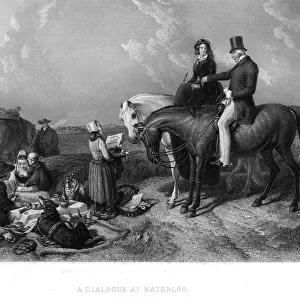Home > Science > Space Exploration > Planets > Jupiter
false-colour image of Phobos
![]()

Wall Art and Photo Gifts from Science Photo Library
false-colour image of Phobos
False-colour image of Phobos, the larger of the two moons of Mars, as seen by the Russian Phobos 2 spacecraft on 28 February 1989. Phobos is about 22 kilometres in diameter, and orbits Mars at an average distance of 9380 km. The composition of Phobos, and its smaller partner Deimos, suggests that both are captured asteroids from the far edge of the main asteroid belt. The mechanism for this capture event is uncertain, but almost certainly involved the asteroids being pulled out of their original orbits by Jupiter, sending them toward Mars
Science Photo Library features Science and Medical images including photos and illustrations
Media ID 6445909
© RIA NOVOSTI/SCIENCE PHOTO LIBRARY
Cosmology Mars Martian Moon Moon Phobos Planetary False Coloured
FEATURES IN THESE COLLECTIONS
> Science
> Space Exploration
> Planets
> Jupiter
> Science
> Space Exploration
> Planets
> Mars
EDITORS COMMENTS
This print showcases a false-colour image of Phobos, the larger of the two moons orbiting Mars. Taken by the Russian Phobos 2 spacecraft on 28 February 1989, this image provides a unique perspective on this enigmatic Martian moon. With a diameter of approximately 22 kilometres and an average distance from Mars of 9380 km, Phobos has long fascinated scientists and astronomers. The composition of both Phobos and its smaller companion Deimos suggests that they are captured asteroids originating from the far edge of the main asteroid belt. The exact mechanism behind their capture remains uncertain; however, it is highly likely that Jupiter played a role in pulling these asteroids out of their original orbits and directing them towards Mars. As we gaze upon this false-coloured representation, we are reminded of the mysteries that lie within our solar system. The intricate details visible in this image spark curiosity about the formation and evolution not only of Phobos but also its host planet, Mars. With its scientific significance and aesthetic appeal, this print serves as a testament to humanity's relentless pursuit to unravel the secrets hidden among celestial bodies. It invites us to ponder our place in the vast cosmos while appreciating the beauty found within even seemingly desolate landscapes like those found on distant moons such as Phobos.
MADE IN AUSTRALIA
Safe Shipping with 30 Day Money Back Guarantee
FREE PERSONALISATION*
We are proud to offer a range of customisation features including Personalised Captions, Color Filters and Picture Zoom Tools
SECURE PAYMENTS
We happily accept a wide range of payment options so you can pay for the things you need in the way that is most convenient for you
* Options may vary by product and licensing agreement. Zoomed Pictures can be adjusted in the Cart.





